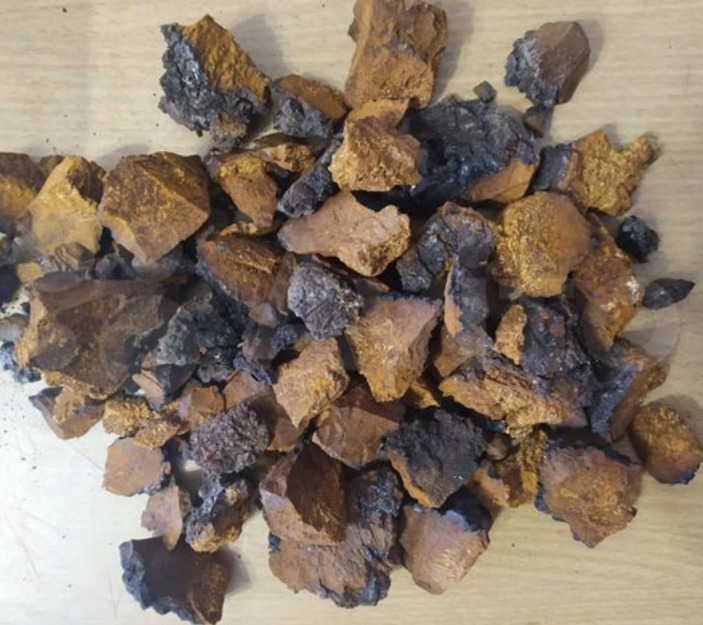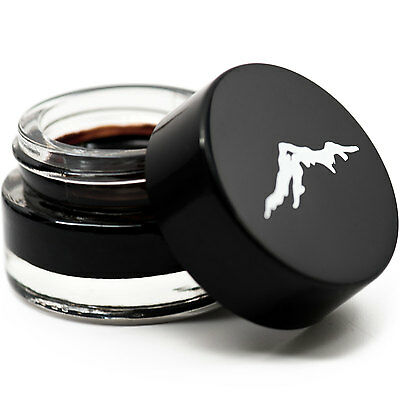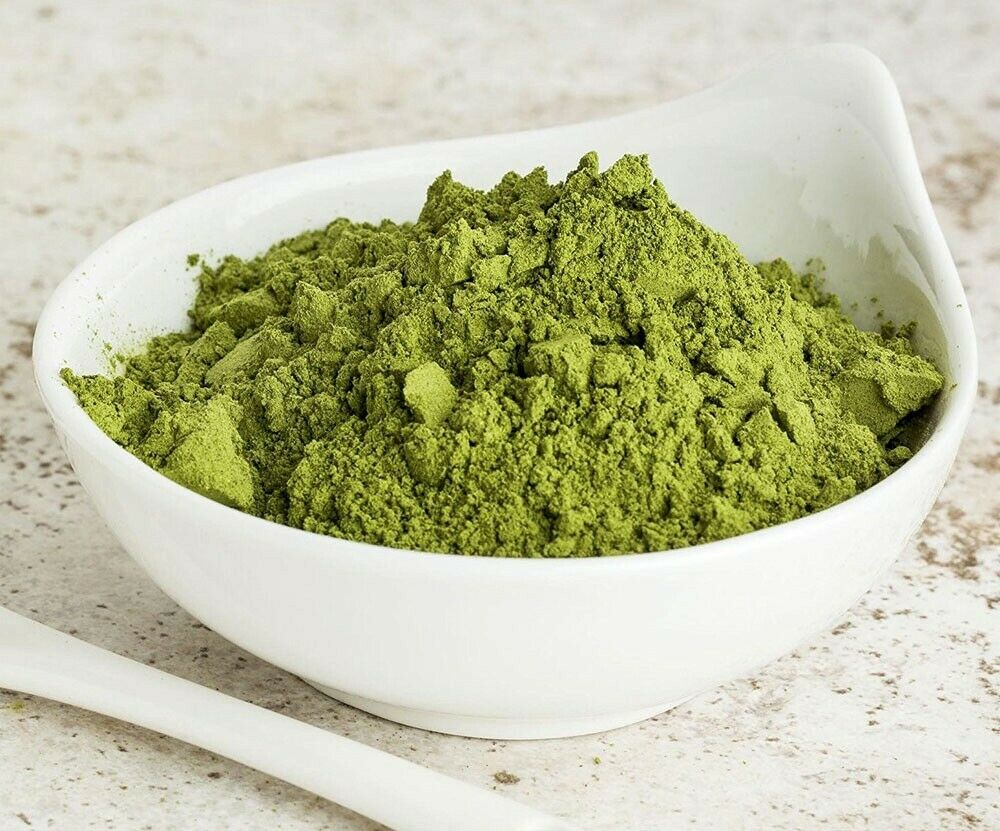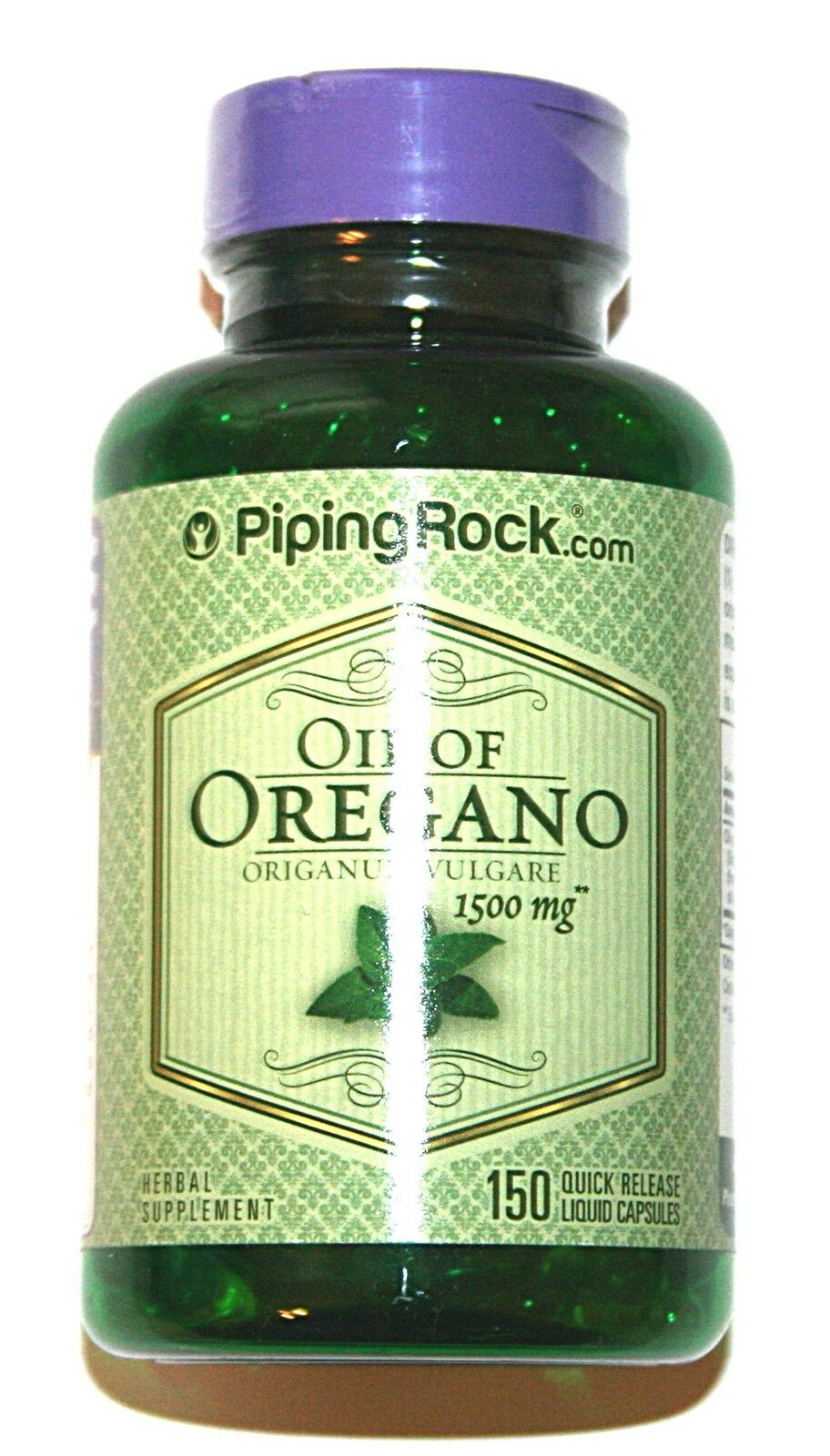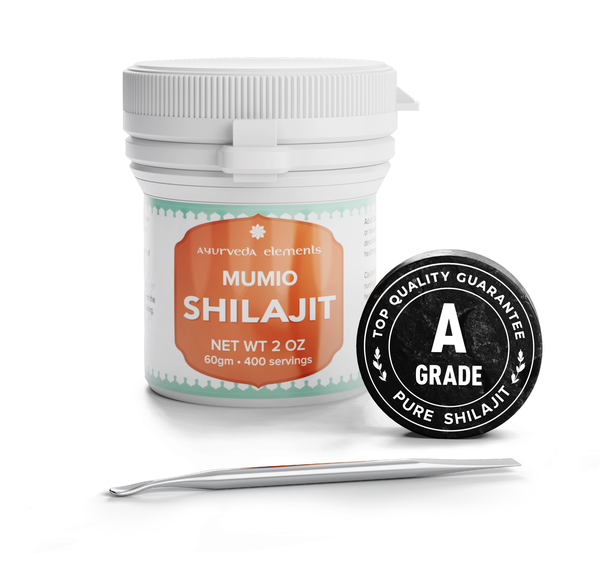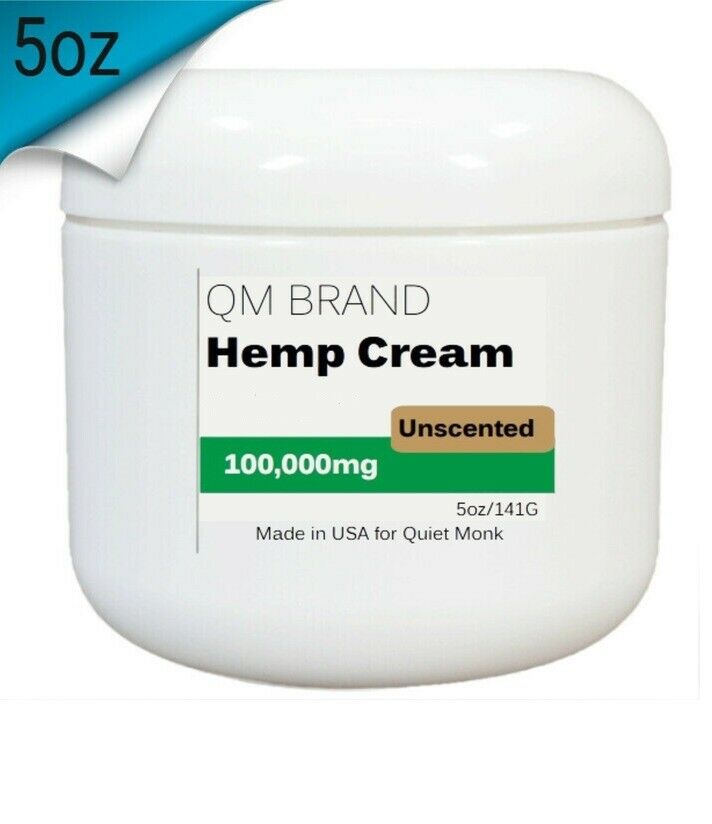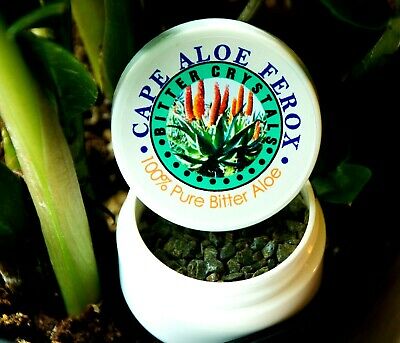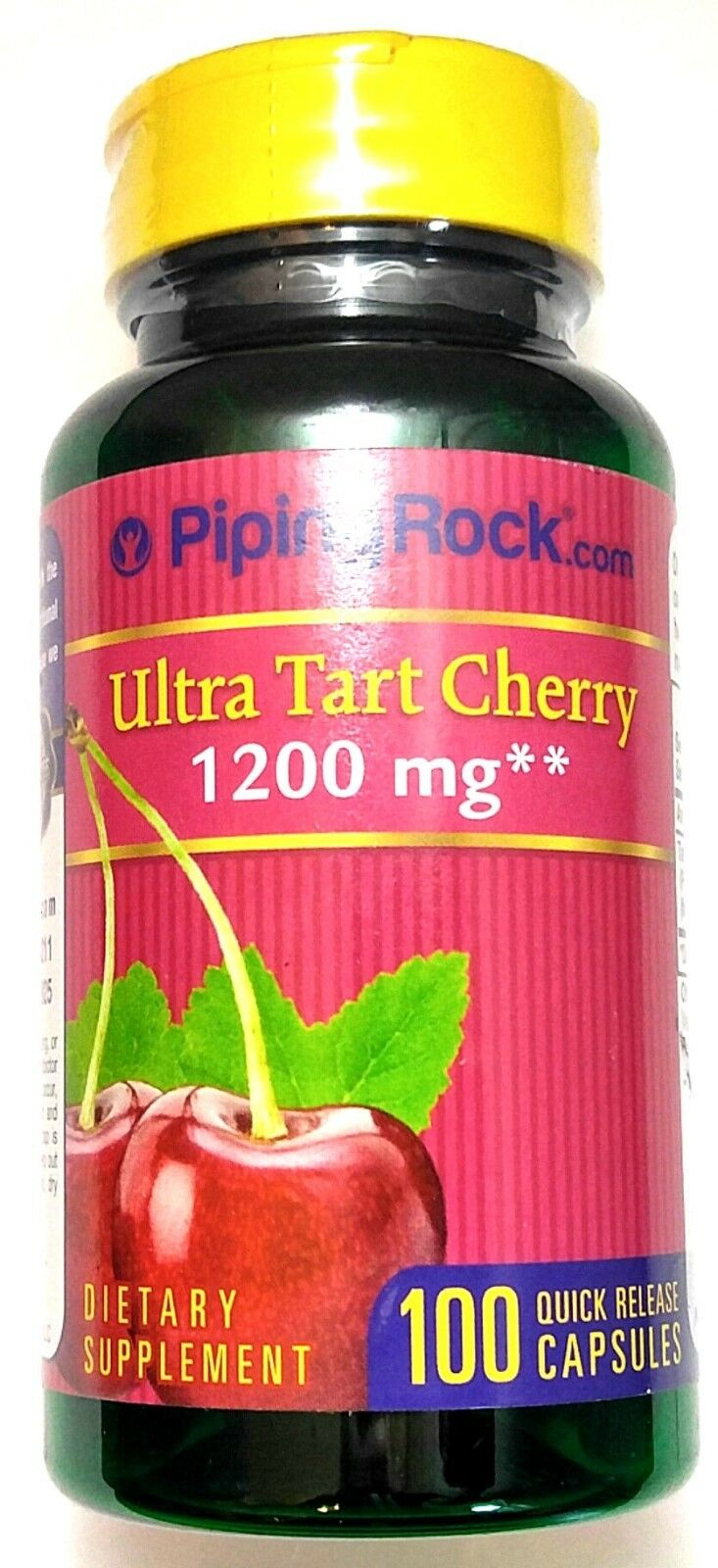-40%
Chaga birch mushroom premium organic mushroom tea from siberia 1 kg
$ 22.7
- Description
- Size Guide
Description
Wild Siberian Chaga Mushroom Harvest 2021Collected in the Siberian region (Siberia).
Free shipping with Airpost
Delivery time to Europe 2 weeks
Delivery time to USA 3 weeks
Chaga (Inonotus obliquus) is a mushroom that grows mainly on birch trees in Siberia and Canada.
Chaga, long used in folk medicine, contains a huge amount of the pigment melanin.
When exposed to the sun, the outside of the mushroom will turn dark black, while the inside will remain bright orange.
Chaga also contains one of the highest oxalate levels of any living organism.
The mushroom has a solid consistency that can be dried, ground into powder and used to make tea, extracts or chaga infusions.
The taste of chaga is described as "earthy"; it contains a vanilla flavor.
Cooked chaga goes well with milk and milk substitutes.
Chaga is rich in fiber and essential nutrients including vitamin D, iron, magnesium, potassium, manganese and calcium.
Melanin is also a powerful antioxidant and has one of the highest oxygen radical scavenging capacity (ORAC) of any food.
(ORAC is a method developed by scientists at the National Institutes of Health to measure the antioxidant capacity of various foods.)
Unfortunately, according to the Rules, I cannot describe the medicinal benefits here. You can find more information on the Internet or please contact me.
Chaga mushroom can be considered high quality and used as a natural remedy only if it meets the following requirements:
1. Chaga must be grown in the wild and grown on birch trees in an extremely harsh climate with a frost resistance of -40 degrees Celsius. Chaga accumulates antioxidant components to counteract unfavorable environmental conditions, therefore, the colder the climate, the greater the antioxidant activity.
2. The birch must be over 15-20 years old, and the chaga must be over 5 years old.
3. The logging site should be located away from cities and industrial enterprises and should not contain air pollutants.
4. Chaga should be as hard as a stone. It usually cannot be broken without an ax.
5. The drying process should be carried out in special ovens with temperature control sensors. This ensures that the biologically active substances are not damaged by heat.
6. Chaga should be odorless, except for the slight smell of the forest.
7. Storage location: in a cool, dry place with room temperature not exceeding 25 degrees Celsius.
Chaga consists of three main layers, which are easily distinguished by their density and color.
The outer layer of real chaga is called sclerotium. This is the hardest layer. The next layer is called the fruiting body. It is less solid, but also a solid dark brown layer saturated with useful substances. The third layer, porous, soft and yellow, is basically useless. More than 80% of all active substances are concentrated in the sclerotia and fruiting body of chaga mushrooms.
The chemical composition of the chaga mushroom:
As a result of long-standing interrelated processes between chaga and birch, biologically active substances are formed and accumulated in the body of chaga. The combined complex of these substances reveals the unique properties of the chaga mushroom.
The main active ingredients of the chaga mushroom
Water-soluble polyphenolic pigments (chromogens): antioxidants that kill free radicals. In all other fungi, such chromogens were not found; flavonoids; alkaloids; phenolic compounds (tannins); Organic acid complex; melanin; Chaga also contains a mixture of natural minerals and trace elements. Below are the most important minerals: B-complex vitamins; Vitamin D; potassium; rubidium; cesium; amino acids; fiber; copper; selenium; zinc; iron; manganese; magnesium; calcium
Brewing Tips: It is best to prepare a tincture. You should take 30% chaga and 70% spirits. Chop the chaga and leave for a couple of months. Take 2 teaspoons 3-4 times daily before meals. In any case, alcoholic tinctures are much better than all medicinal plants.
You can also brew tea ((wash and grind the chaga on a coffee grinder or grater, or just chop finely, then pour hot water and leave for 40 minutes. The proportion of chaga / water is 1: 5. The water should not be very high temperature. 70-80 is enough) Celsius Ideal way to infuse chaga in a thermos (for example, infuse in the evening and take chaga in the afternoon) Dosage: Take 1-3 glasses a day.
The ratio of 1: 5 is really a very strong tea. If it is very strong, you can reduce the dosage to 1:10 or 1:15.
The tea should taste good. You can experiment. When the tea tastes good, this will be your ideal dosage.
Ingredients: Wild dried Siberian chaga mushroom (Inonotus obliquus) 100%
Package: vacuum sealed bags
Place of origin: southeast western siberia
